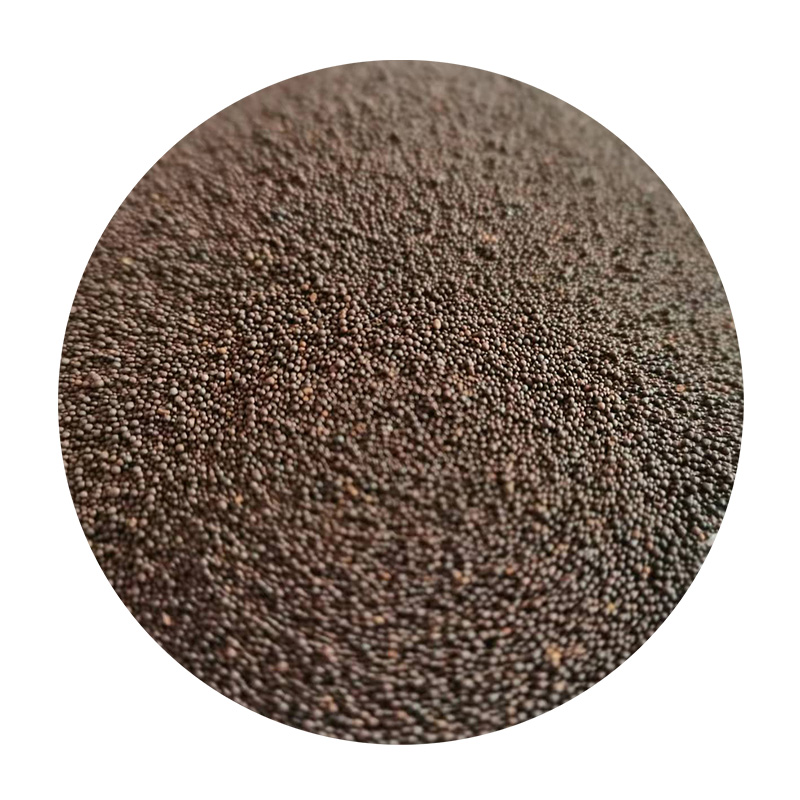What is Sand Casting?
Sand casting, one of the oldest and most versatile manufacturing processes, is essential in the production of metal components across numerous industries. This method is characterized by its ability to create complex shapes and its adaptability to various metals. In this article, we will explore the fundamentals of sand casting, its benefits, applications, and the process itself.
Definition and Process
Sand casting, also known as sand mold casting, involves creating a mold from fine sand mixed with a binding agent, usually clay or resin. The process begins with the creation of a pattern, which can be made from various materials such as metal or plastic. This pattern is an exact replica of the final product.
1. Pattern Creation The pattern can be a single piece or made in multiple sections. It is crucial for defining the shape and dimensions of the casting. The pattern is usually slightly larger than the final product to accommodate for shrinkage during the cooling process.
2. Mold Making Once the pattern is ready, it is pressed or packed into a mixture of sand and a binding agent to form the mold. This mixture is typically made up of about 90% sand and 10% binder. The mold is then shaped around the pattern and carefully removed, leaving a cavity that matches the shape of the pattern.
3. Pouring Liquid metal is poured into the mold cavity. The type of metal used can vary widely, including aluminum, iron, steel, and bronzes, depending on the desired properties of the final product.
4. Cooling and Solidification After the molten metal is poured, it is allowed to cool and solidify. The time it takes for the metal to set depends on the type of metal and the thickness of the part.
5. Mold Removal Once the metal has cooled sufficiently, the sand mold is broken away, revealing the cast metal object. Additional cleaning operations may be required to remove sand residues.
6. Finishing Touches Finally, the casting may undergo various finishing processes such as grinding, machining, or polishing to achieve the desired surface finish and dimensional accuracy.
what is a sand casting

Benefits of Sand Casting
Sand casting offers several advantages, making it a popular choice for manufacturers
- Versatility It can produce a wide range of sizes and geometries, from small components to massive industrial parts. - Cost-Effective The materials used are relatively inexpensive, and the process is well-suited for low to medium production runs.
- Material Variety A broad range of metals can be cast, allowing for flexibility in product development.
- Complex Designs Sand casting can accommodate intricate designs and detailed features that may be challenging in other manufacturing methods.
Applications
Sand casting is utilized across various industries. In automotive manufacturing, it is often used to create engine blocks, sump pans, and various housings. The aerospace industry also leverages sand casting for components such as turbine cases and brackets. Other applications include
- Marine components like propellers and hull parts. - Construction equipment, including frames and supports. - Art and sculpture casting, allowing for creative expression.
Conclusion
In conclusion, sand casting is a time-honored method that remains relevant in modern manufacturing. Its ability to produce complex shapes from a variety of metals, combined with cost-effectiveness and versatility, ensures that it will remain a staple in the production of metal components for years to come. As technologies advance, the sand casting process continues to evolve, integrating new materials and techniques to meet the demands of an ever-changing market. Whether for industrial applications or artistic endeavors, sand casting is a fascinating and essential aspect of metallurgy and manufacturing.
Post time:Dec . 10, 2024 13:14
Next:types of sand used in foundry
